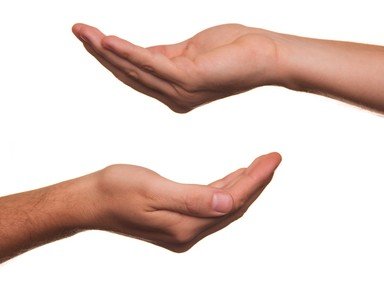Quiz Answer Key and Fun Facts
1. Greenpeace began life in Vancouver, Canada, as the 'Don't Make A Wave Committee' in 1970. What was the original purpose for this group coming together?
2. The name 'Greenpeace' was given to the group by a newspaper journalist.
3. Greenpeace's most famous vessel is named the Rainbow Warrior. How did she get this name?
4. The original Rainbow Warrior is no longer on active duty with Greenpeace. What has happened to her?
5. As a result of the attack on Greenpeace's Rainbow Warrior, how many members of the French authorities resigned their positions?
6. On April 30, 1995, Greenpeace occupied a disused oil storage platform in the North Sea to prevent it being towed to the North Atlantic to be sunk. As there were some toxic chemicals, including an estimated 50 tonnes of oil still on board, this could have caused major pollution of the ocean. What was the name of the platform Greenpeace occupied?
7. Greenpeace's most famous vessel is, of course, the Rainbow Warrior. She is not the only vessel in the Greenpeace fleet however. As of early 2008, how many other vessels, excluding inflatables, do Greenpeace operate?
8. In its early days Greenpeace was a bit fractured, with its various worldwide committees operating more or less independently of each other. In 1979, the Canadian environmentalist David McTaggart lobbied for the movement to become a global organisation. In October of that year, Greenpeace International was born. Where is their main base?
9. Greenpeace is not just devoted to stopping nuclear testing and preventing pollution of our oceans. They campaign on a large variety of environmental issues, including energy efficiency. In March 2008, which country announced that they are bringing in legislation to ban the sale of ordinary incandescent light bulbs?
10. The Greenpeace tradition of non-violent protest stems from the fact that one of the founder members was an admirer of Mahatma Gandhi, and he decided to follow his example.
Source: Author
romeomikegolf
This quiz was reviewed by FunTrivia editor
trident before going online.
Any errors found in FunTrivia content are routinely corrected through our feedback system.
